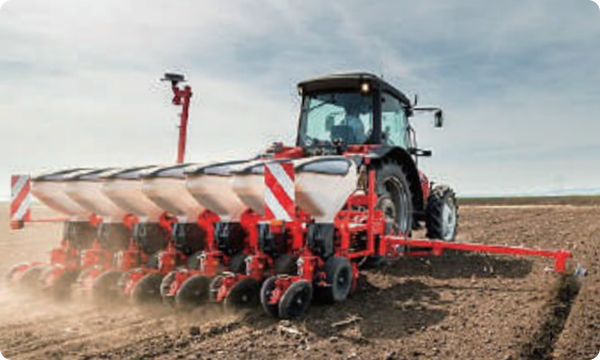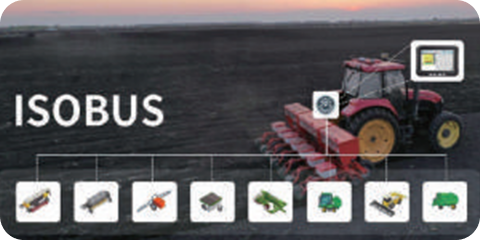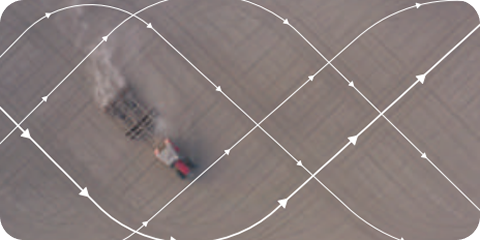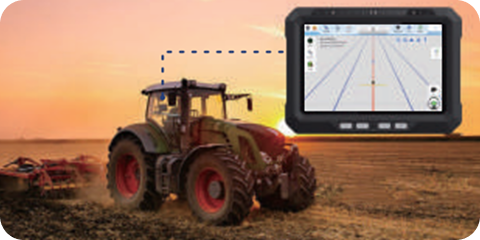R70 GNSS Receiver
Why You'll Choose It
R70 GNSS Receiver is a high-performance all-in-one positioning and orientation system tailored for precision agriculture. Developed by Synx Navigation, it integrates a multi-constellation GNSS module, high-precision IMU, internal radio, 4G communication, and Bluetooth in a compact IP67-rated enclosure. Supporting BDS, GPS, GLONASS, Galileo, QZSS, and SBAS, it delivers RTK-level accuracy and stable heading data, enabling reliable navigation and autosteering. With features such as remote diagnostics, web-based configuration, and robust anti-interference design, R70 empowers smart agricultural machinery with centimeter-level positioning and real-time data transmission across all working conditions.
Features
Learn more about R70 GNSS Receiver
R70 is a high-precision, rugged GNSS receiver designed for precision agriculture. With multi-constellation tracking, integrated IMU, and real-time communication via 4G or radio, it ensures centimeter-level accuracy across all farming tasks. Its compact, durable design makes it ideal for harsh field environments and easy integration into smart machinery.

Auto Steering for Tractors

Precision Seeding

Spraying and Fertilization
WHY CHOOSE THE ALLYNAV R70 GNSS Receiver?

Centimeter-Level Accuracy

Stable Heading Output

Rugged All-in-One Design

Smart Connectivity

Remote Maintenance
You May Also Like

D32 High Efficient Radio Modem
The D32 is a high-power external radio engineered for surveying and mapping applications. It features long-range communication, low power usage, and intelligent functions such as an OLED display, menu buttons, automatic baud rate detection, and interference monitoring.

R10 GNSS Receiver

R61 GNSS Receiver

R26 GNSS Receiver
Frequently Asked Questions
What products is it mainly used for?
It is mainly used in AF305 as a smart antenna to receive and calculate satellite signals, and the internal IMU performs roll correction.
Does it support outputting independent NMEA data?
Yes, it supports outputting custom NMEA data.
Are there any directional requirements for receiver installation?
Its interface needs to face the opposite direction of forward movement.